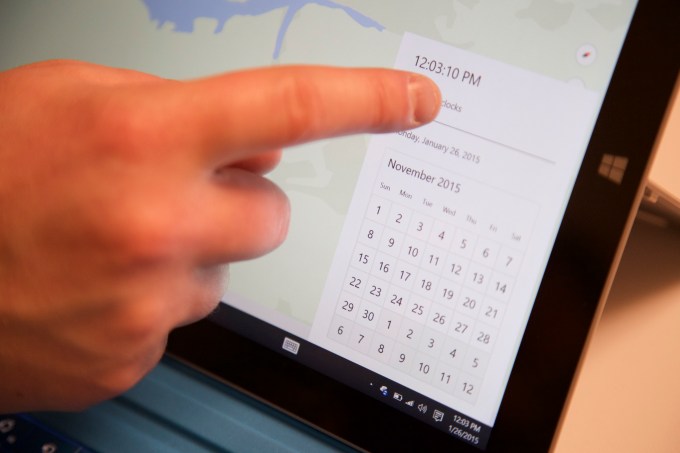TechCrunch went hands-on with Windows 10 to show you the best of the latest build of Microsoft’s new operating system. To make it extra pure, we put Windows 10 through its paces on a Surface Pro 3

Windows 10 is Microsoft’s effort to build an operating system that can run on any screen size and accept various modes of input depending on where it is deployed. In the video, keep an eye out for the section discussing how the operating system flips between tablet mode and keyboard mode as an example of that work.
Cortana, the company’s digital assistant tool, made a noisy entrance into the world of Windows, along with a new Xbox application that caters to the gamer set.

If Windows 10 fails to attract developer interest, Microsoft may not be able to make a successful pitch to the current and coming generations of developers. And if it loses their attention, the company’s platform products will slowly deflate.
The platform wars are existential after all.

Windows 10 is Microsoft’s effort to build an operating system that can run on any screen size and accept various modes of input depending on where it is deployed. In the video, keep an eye out for the section discussing how the operating system flips between tablet mode and keyboard mode as an example of that work.
Cortana, the company’s digital assistant tool, made a noisy entrance into the world of Windows, along with a new Xbox application that caters to the gamer set.

If Windows 10 fails to attract developer interest, Microsoft may not be able to make a successful pitch to the current and coming generations of developers. And if it loses their attention, the company’s platform products will slowly deflate.
The platform wars are existential after all.
Comments
Post a Comment